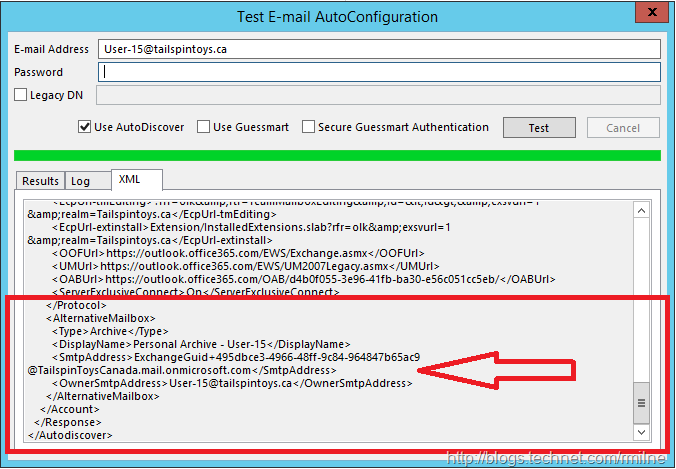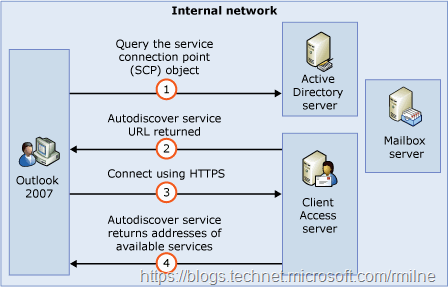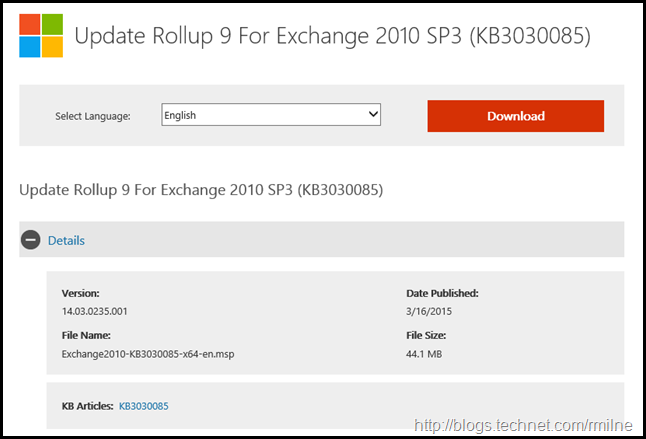Unable to Reply to Old Emails Due to legacyExchangeDN
This is one of those ye olde issues that keep coming back up in Exchange. Have you every removed a mailbox, re-created it with the exact same SMTP address and then some people complain that they cannot send to the mailbox?
This can happen in a few circumstances. For example if the Exchange administrator has an “oops” and accidently deletes the account. If they do not use the AD DS recycle bin f… Read the rest “Unable to Reply to Old Emails Due to legacyExchangeDN”



